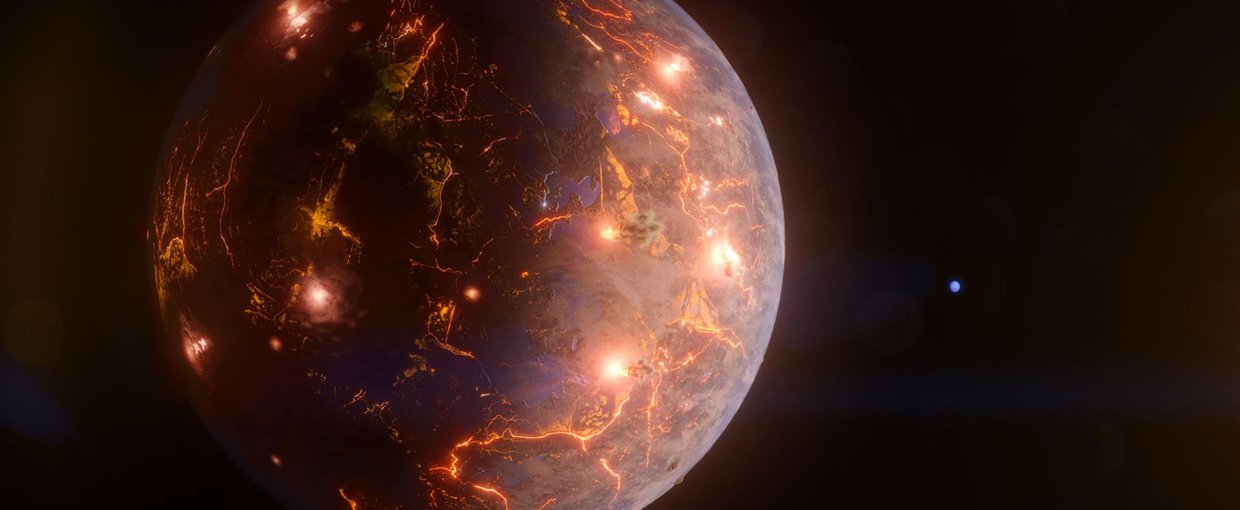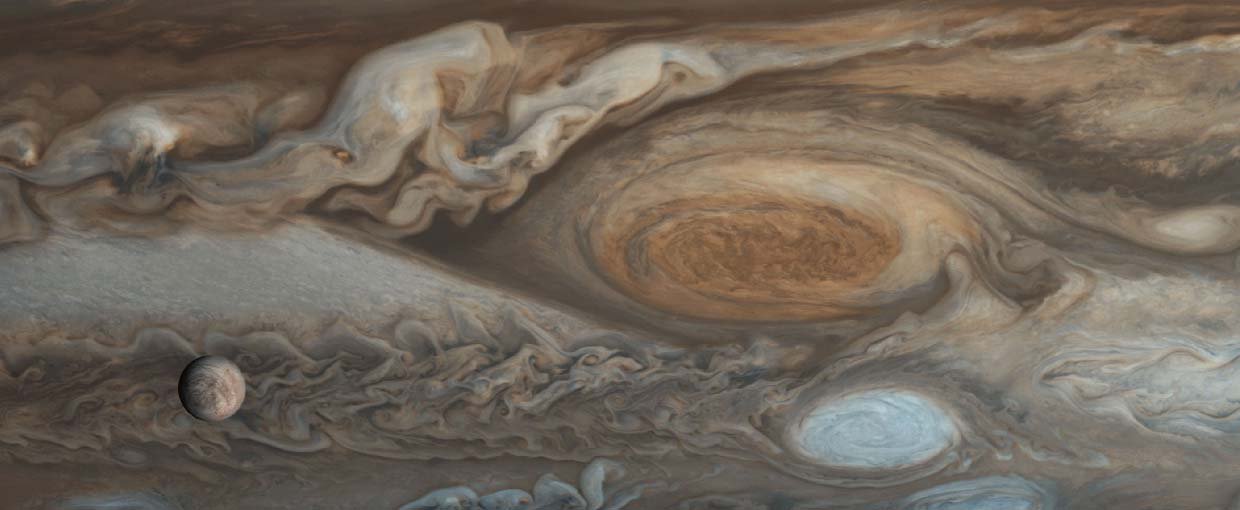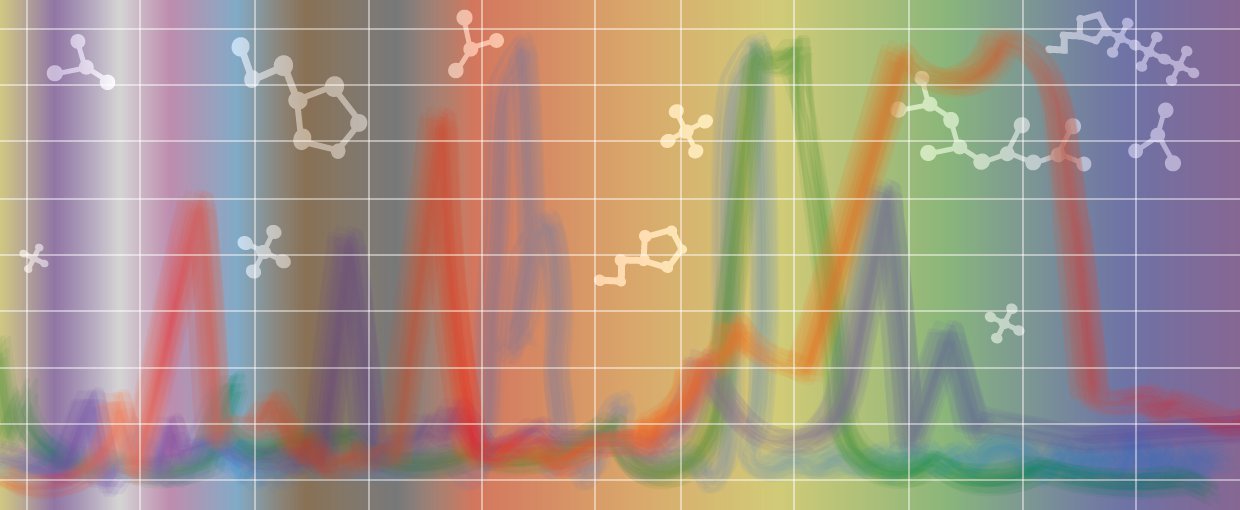Peng, Z., Adam, Z. R., Fahrenbach, A. C., & Kaçar, B. (2023). Assessment of Stoichiometric Autocatalysis across Element Groups. Journal of the American Chemical Society. doi:10.1021/jacs.3c07041
Garcia, A. K., Harris, D. F., Rivier, A. J., Carruthers, B. M., Pinochet-Barros, A., Seefeldt, L., & Kaçar, B. (2023). Nitrogenase resurrection and the evolution of a singular enzymatic mechanism. eLife, 12, None. doi:10.7554/elife.85003
Garcia, A.K., Kędzior, M., Taton, A., Li, M., Young, J.N., Kaçar, B. (2023) Effects of RuBisCO and CO2 concentration on cyanobacterial growth and carbon isotope fractionation. Geobiology. doi: 10.1111/gbi.12543
Schwartz, S. L., Garcia, A. K., Kaçar, B., & Fournier, G. P. (2022). Early Nitrogenase Ancestors Encompassed Novel Active Site Diversity. Molecular Biology and Evolution, 39(11), None. doi:10.1093/molbev/msac226
Kędzior, M., Garcia, A. K., Li, M., Taton, A., Adam, Z. R., Young, J. N., & Kaçar, B. (2022). Resurrected Rubisco suggests uniform carbon isotope signatures over geologic time. Cell Reports, 39(4), 110726. doi:10.1016/j.celrep.2022.110726
Dang, C. C., Minh, B. Q., McShea, H., Masel, J., James, J. E., Vinh, L. S., & Lanfear, R. (2022). nQMaker: Estimating Time Nonreversible Amino Acid Substitution Models. Systematic Biology, 71(5), 1110–1123. doi:10.1093/sysbio/syac007
Garcia, A. K., Kolaczkowski, B., & Kaçar, B. (2022). Reconstruction of Nitrogenase Predecessors Suggests Origin from Maturase-Like Proteins. Genome Biology and Evolution, 14(3), None. doi:10.1093/gbe/evac031



